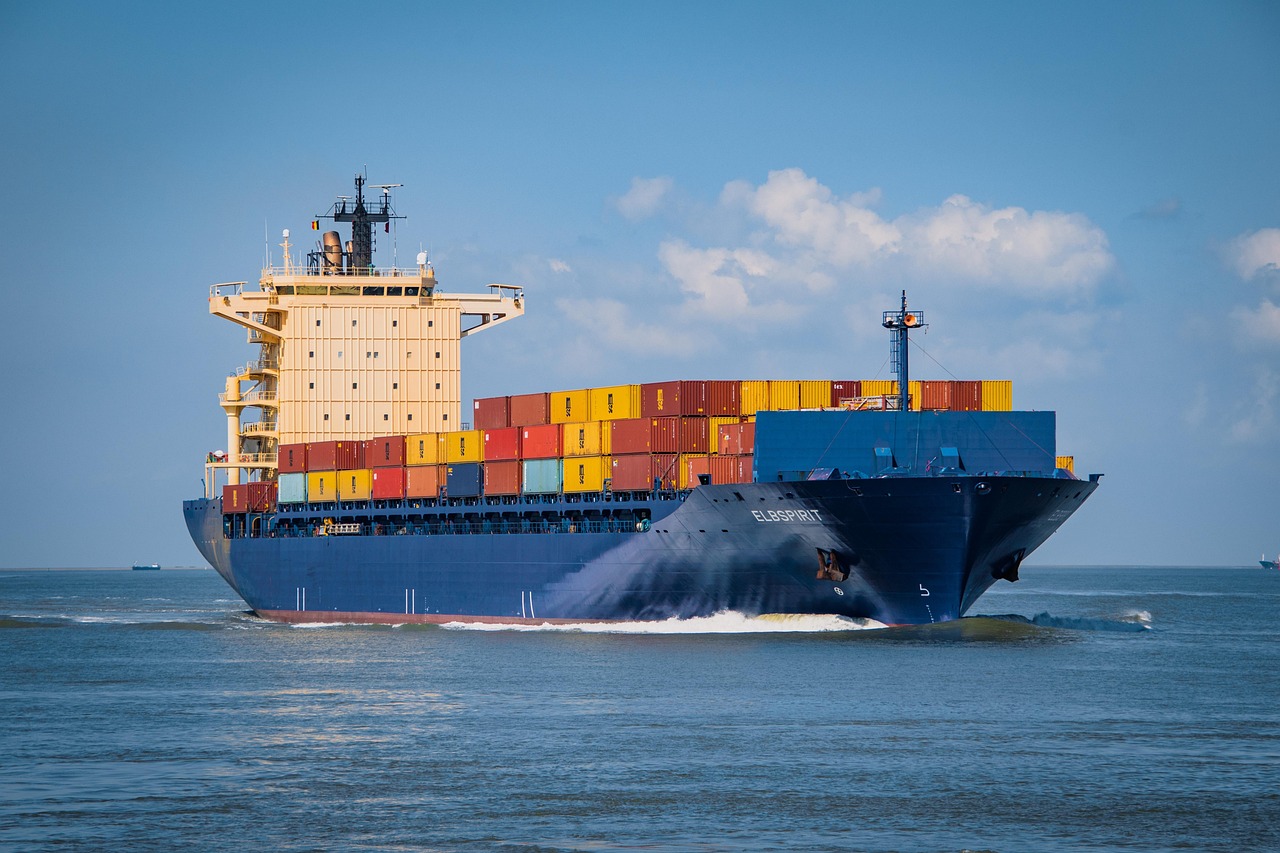Agentic AI in logistics empowers machines to act autonomously, optimizing processes and decision-making efficiently.

Agentic AI in logistics empowers machines to act autonomously, optimizing processes and decision-making efficiently.

Generative AI transforms logistics by creating innovative solutions, predicting trends, and enhancing operational efficiency.

The fusion of agentic and generative AI in logistics revolutionizes supply chain management processes.

Implementing agentic and generative AI in logistics leads to streamlined operations and improved productivity.

Agentic AI adds value in logistics by proactively solving issues and adapting to dynamic environments.

Generative AI's role in logistics is to inspire creativity, foster innovation, and drive sustainable growth.
Agentic AI in logistics empowers machines to act autonomously, optimizing processes and decision-making efficiently.
Generative AI transforms logistics by creating innovative solutions, predicting trends, and enhancing operational efficiency.
The fusion of agentic and generative AI in logistics revolutionizes supply chain management processes.
Implementing agentic and generative AI in logistics leads to streamlined operations and improved productivity.
Agentic AI adds value in logistics by proactively solving issues and adapting to dynamic environments.
Generative AI's role in logistics is to inspire creativity, foster innovation, and drive sustainable growth.
In the realm of logistics, the integration of agentic and generative AI technologies is revolutionizing operations. These advanced AI systems can autonomously make decisions and take proactive actions based on data.
Agentic AI empowers logistics processes by executing tasks and making choices independently, enhancing efficiency and reducing human intervention. Generative AI contributes by analyzing complex data sets to optimize supply chain management and enhance decision-making processes.
The synergy between agentic and generative AI in logistics leads to streamlined operations, cost savings, improved accuracy, and enhanced adaptability to dynamic market conditions. This innovative technology combination drives performance and competitiveness in the industry.
Agentic AI empowers logistics processes by executing tasks and making choices independently, enhancing efficiency and reducing human intervention. Generative AI contributes by analyzing complex data sets to optimize supply chain management and enhance decision-making processes.
The synergy between agentic and generative AI in logistics leads to streamlined operations, cost savings, improved accuracy, and enhanced adaptability to dynamic market conditions. This innovative technology combination drives performance and competitiveness in the industry.
Real-time route & fleet autopilot. Agentic AI ingests live traffic, weather, load and ETA data, constantly reshaping routes to cut fuel and delays—far beyond static TMS rules.
End-to-end visibility with self-healing ops. Shipment-tracker “bots” spot delays or lost parcels, trigger corrective workflows, and keep customers informed without human dispatchers.
Dynamic pricing, capacity & carrier picks. Agents crunch demand, market rates and capacity in milliseconds to set spot prices, predict needed tonnage and auto-assign the best carrier—protecting margins in volatile freight markets.
Generative “what-if” planning. LLM-based planners chat through demand shocks or port closures, instantly generating alternative sourcing, inventory and transport scenarios that used to take analysts days.
Algorithms that learn faster than they’re coded. Generative models have begun to out-perform classic OR routing methods, adapting automatically as constraints or policies shift.
Paperwork in seconds, not shifts. Customs-clearance bots draft, validate and file forms end-to-end, slashing border delays and compliance risk.
Smarter warehouses & packaging. Generative models propose optimal slotting layouts and eco-friendly package designs, cutting pick time and cardboard waste by double digits.
Built-in sustainability. Carbon-tracking and route-optimization agents, combined with waste-reducing generative design, drive measurable progress toward net-zero goals—no manual spreadsheets required.


